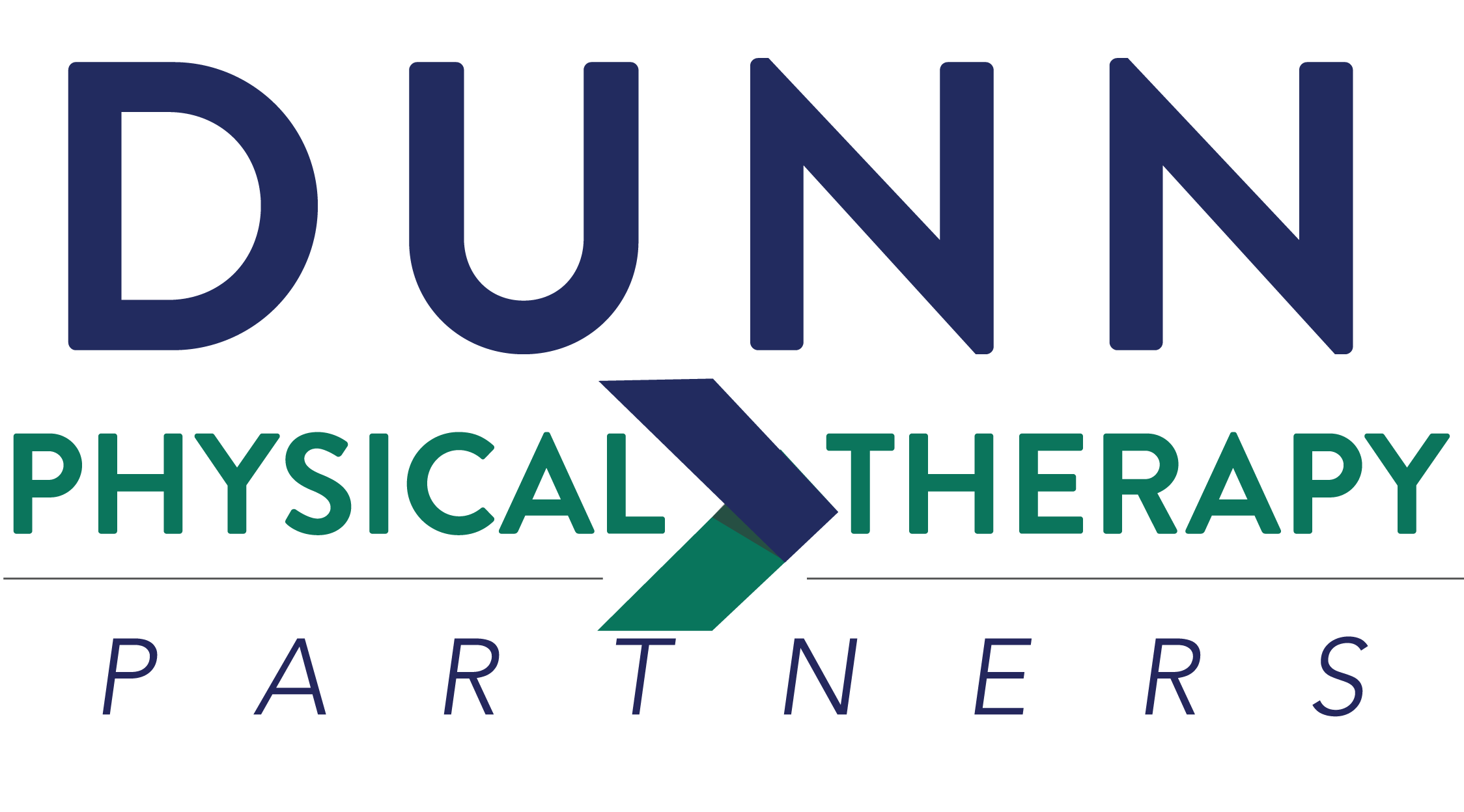Preventing falls save lives, and physical therapy can help significantly.
Balance & Fall Prevention
For most people, a fall is mildly painful at worst and embarrassing at most. But for the elderly, athletes, or certain occupations, a fall can be a life or death incident. More than 25 percent of adults over age 65 have a fall each year, and in 2014 over 250,000 workers missed one or more days of work due to fall-related injuries.
Training balance is essential to reducing the risk of falls, and as a practice centered around movement, physical therapy can go a long way.
What are the Dangers of Falling?
The majority of falls – 80%, according to the CDC – do not result in major injuries. But that remaining 20% often cause serious problems. Of particular concern are:
- Hip fractures, especially in the elderly
- Falling onto other objects, especially at construction sites or hazardous environments
- Traumatic brain injuries, which have lasting effects on mental and physical health
- Head injuries, which bleed quickly and are a concern for people on blood thinner medications
Serious falls can also result in lasting mental trauma, which can make a person unable to work or develop a fear of falling that impedes their quality of life.
Who Needs Balance and Fall Prevention?
While falls are a concern for everyone, certain individuals are at much higher risk.
- Athletes/Dancers: and not just those who work vertically, like gymnasts. Soccer players can trip, football players can land on themselves wearing heavy equipment, dancers can fall doing difficult maneuvers.
- Certain Occupations: roofers, construction workers, plant workers, painters, military personnel, electricians, and other skilled trades work in highly dangerous environments.
- The Elderly: older people have brittle bones and less body strength, and a fall that would inconvenience a younger person could mean broken bones in an elderly one.
Balance naturally degrades as you age, but disorders can affect anyone. They can have a variety of causes: the vestibular system, side effects from a concussion, medications, and more. The signs come early, but they may be subtle. You may notice a strange “off” feeling during a sport, or that simple tasks like reaching seem difficult.
How Do We Help?
Because it is preventative, physical therapy work for balance and fall prevention centers around reflexes and reactions. Studies show that a comprehensive approach focused on both strengthening and balance produce the best results. Our services include:
- Fall risk tests: we perform a variety of tests at the clinic that are tailored to your specific case. Some use rapid movement to test athletes; others measure basic balance in daily tasks to measure essential mobility. We will find a test that works best for your specific risks.
- Proprioception training: exercises and routines that improve the feedback loop between sensory receptors and the nervous system, enabling you to react proactively to fall risks.
- Balance retraining: focused on disorders of the vestibular system, particularly chronic dizziness.
- Strengthening: building extremity and core strength reduces the risk of future falls.

